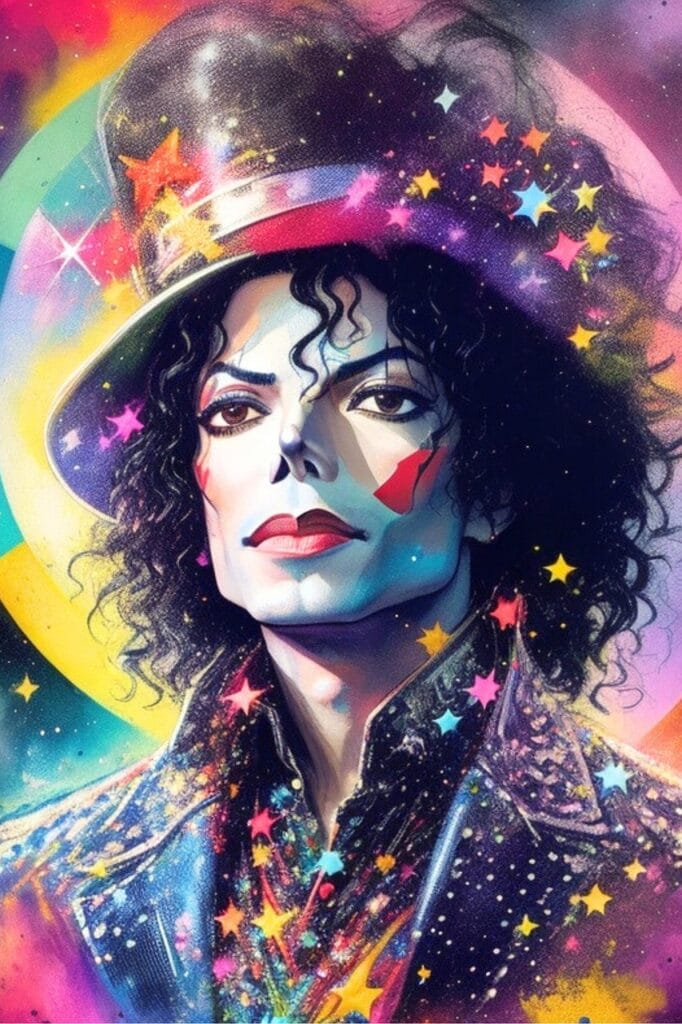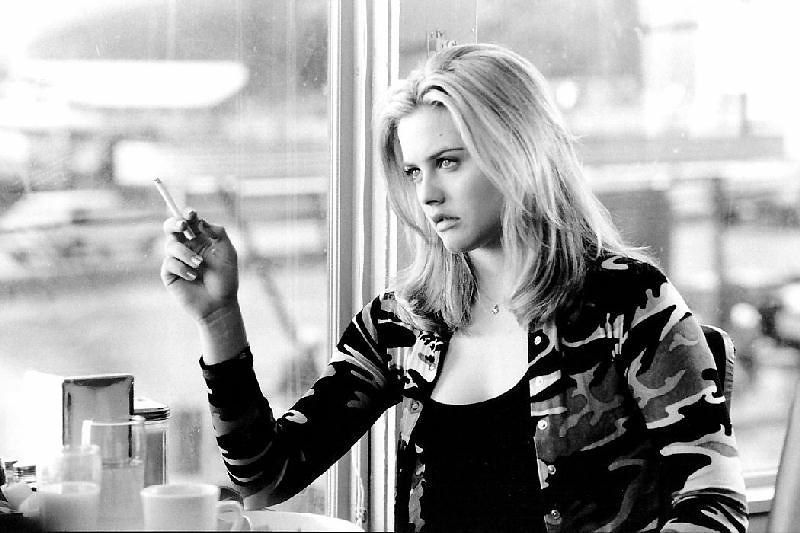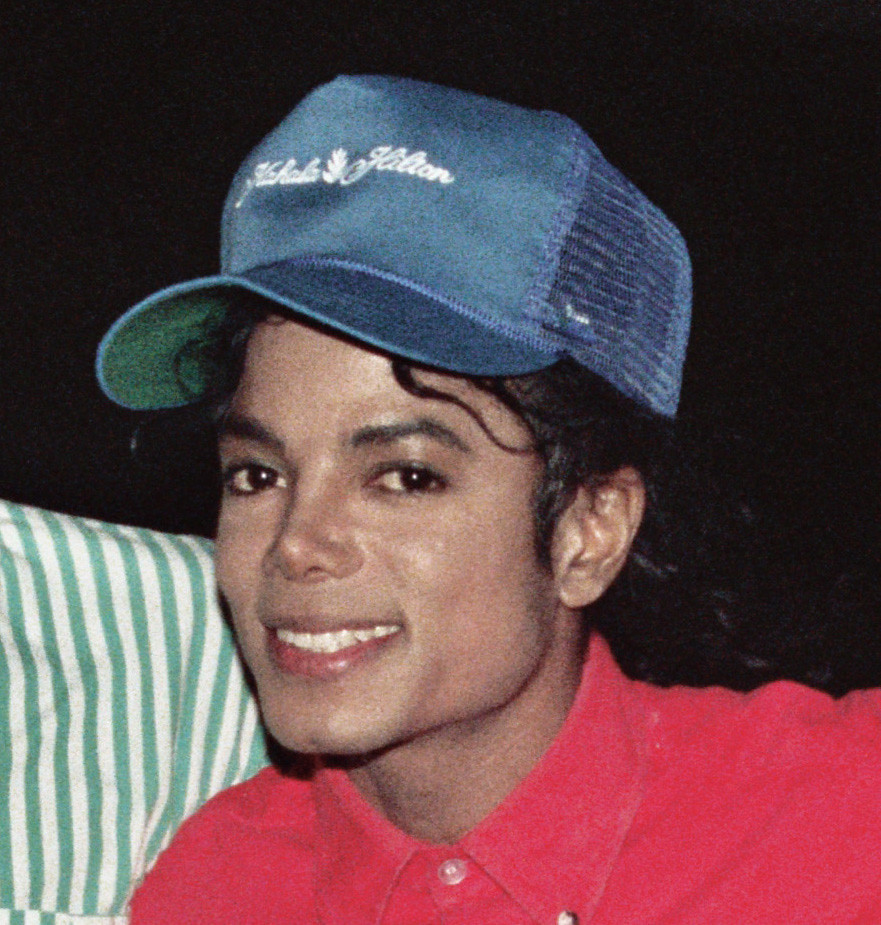
The moonwalk. Just uttering the word conjures images of Michael Jackson, a singular figure gliding backward across a stage, defying gravity with effortless grace. It’s a dance move that became synonymous with the King of Pop, a defining element of his legendary performances that captivated millions worldwide. But like many iconic moments in pop culture, the story behind the moonwalk is richer and more layered than its spectacular debut might suggest.
While Jackson undeniably launched the “moonwalk” into the global lexicon, transforming it from a niche street move into a worldwide sensation, its origins stretch back further than many realize. This wasn’t a spontaneous invention in a rehearsal studio; rather, it was the culmination of decades of subtle slides, comedic turns, and underground dance battles, each contributing a piece to the puzzle of this mesmerizing illusion.
Join us on an in-depth journalistic journey as we peel back the layers of pop culture history, delving into the little-known facts about the moonwalk’s evolution. From its humble beginnings in dimly lit clubs and minstrel shows to the moment it became Michael Jackson’s signature, we’ll uncover the surprising influences and dedicated individuals who shaped this gravity-defying step long before it became a global sensation, ultimately revealing how Jackson, with his unparalleled artistry, elevated it to unprecedented heights.
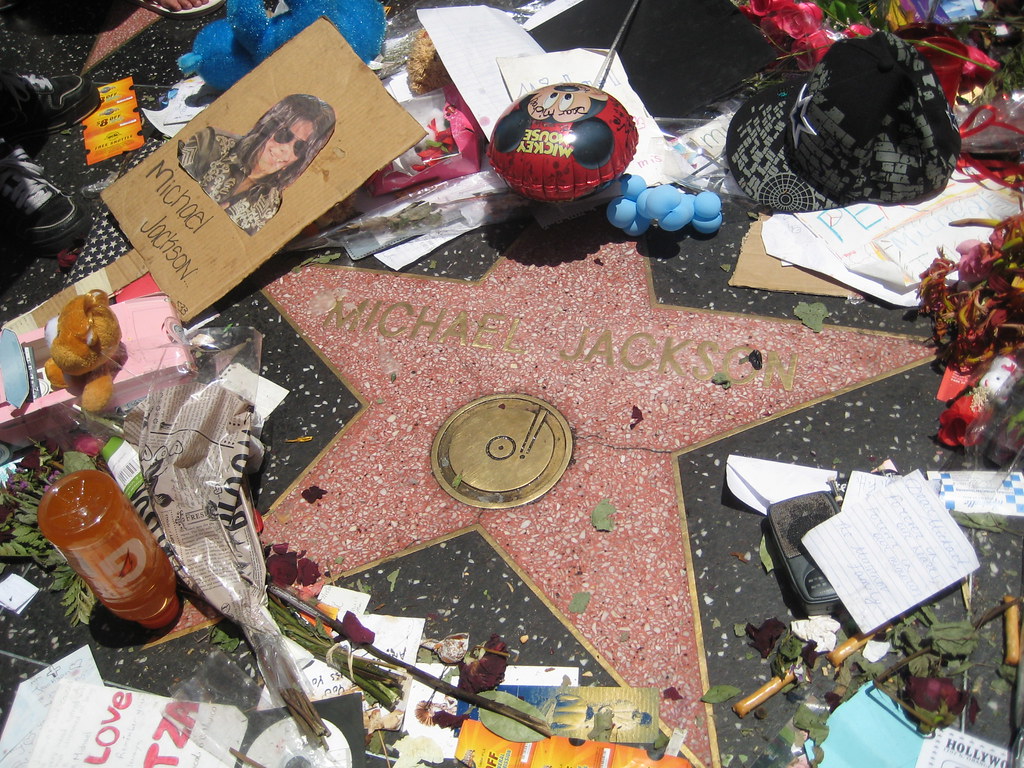
1. **The Elusive Origins: “Backslide” and Early Mentions**The true genesis of the moonwalk, or “backslide” as it was originally known, is rooted deeply in American cultural history, stretching back far into the early 20th century. Long before Michael Jackson stepped onto the Motown 25 stage, the seeds of this perplexing backward glide were being sown in various forms of entertainment, often by African American performers. It wasn’t a single “Eureka!” moment but a gradual evolution of an illusion that intrigued dancers and audiences alike.
One of the earliest documented pieces of evidence for a move resembling the moonwalk comes from Arthur Marshall, an African American composer of ragtime music, as identified by Holman (2004). Marshall vividly described a performer who, if they could “really do it,” sometimes “looked as if he was being towed around on ice skates.” He further elucidated the mechanics: “The performer moves forward without appearing to move his feet at all by manipulating his toes and heels rapidly.” This description paints a clear picture of the core illusion that would later define the moonwalk.
Holman also pointed to a fascinating precursor: a dance from around “the turn of the century in Black minstrel shows called Stepping on the Puppy’s Tail.” This dance bore an “amazing resemblance to the moon walk,” and was described as involving performers “moving each foot alternately backwards ‘like a horse pawing the ground.'” These early instances highlight how the concept of backward motion disguised as forward momentum was already a part of the vibrant, often improvisational, dance landscape of that era.
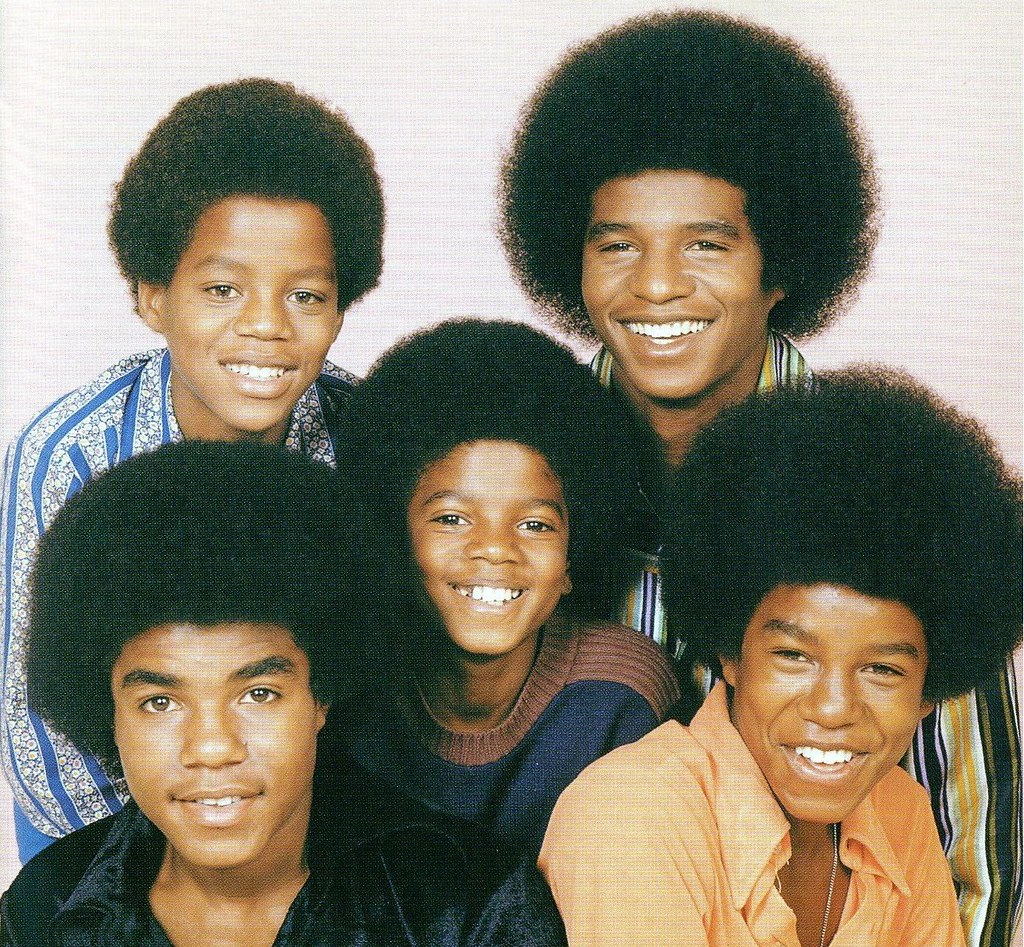
2. **The Vaudeville & Mime Connection: Cab Calloway, Charlie Chaplin, and Marcel Marceau**As the 20th century progressed, variations of the backslide began appearing in more prominent theatrical and cinematic contexts, performed by some of the era’s most celebrated entertainers. These artists intuitively understood the captivating power of the backward glide, integrating it into their unique performance styles and exposing it to wider audiences, albeit without the global explosion that would come decades later.
Reports of similar steps date back to 1932, notably used by jazz maestro Cab Calloway and silent film legend Charlie Chaplin. Calloway himself, in 1985, confirmed performing the move in the 1930s, referring to it then as “The Buzz.” This name suggests a certain energy and novelty, indicating its capacity to surprise and entertain audiences.
Perhaps one of the most poignant and consistent uses of the moonwalk’s core illusion came from the French mime artist Marcel Marceau, who incorporated it “throughout his career (from the 1940s through the 1980s).” Marceau’s “Walking Against the Wind” routine is a classic example, where he “pretends to be pushed backwards by a gust of wind.” This mime technique perfectly embodies the physical deception at the heart of the moonwalk, and was even demonstrated on The Dick Cavett Show in 1970.
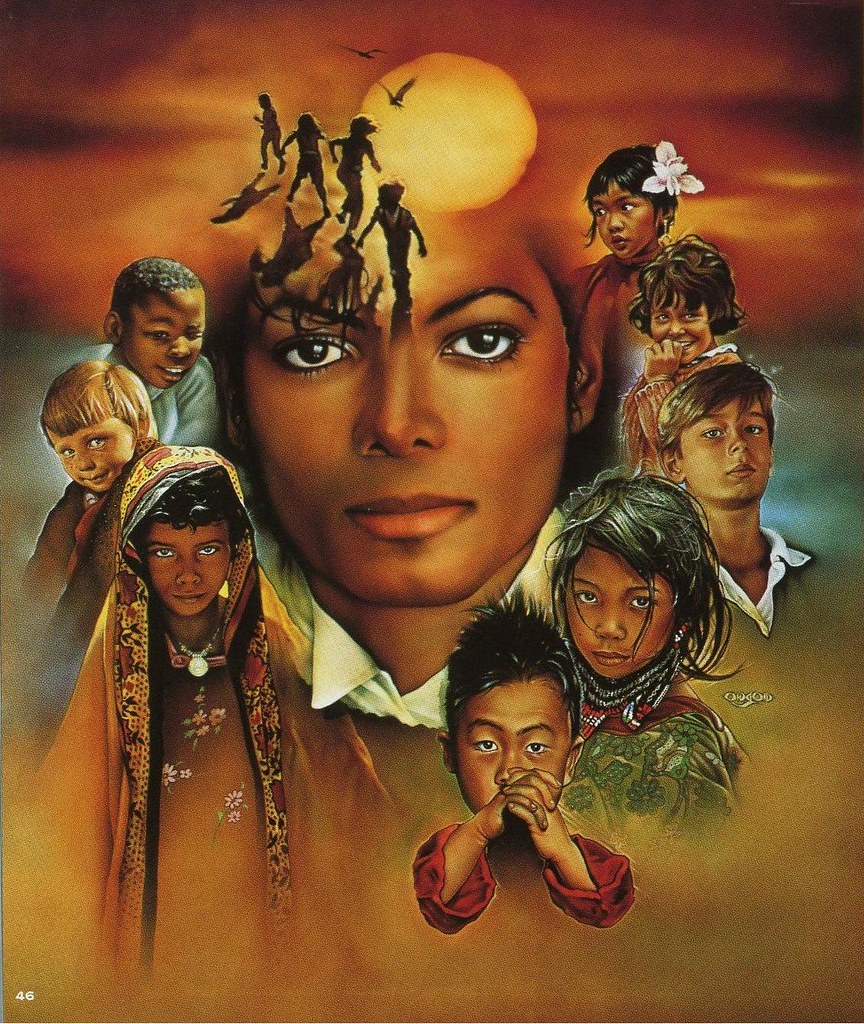
3. **Early On-Screen Appearances: Bill Bailey, Judy Garland, and Margaret O’Brien**The silver screen and nascent television brought these intriguing backward glides to even larger audiences, preserving early instances of the move for posterity. While not always achieving the perfect illusion later mastered by Jackson, these cinematic and TV moments were crucial in evolving the backslide from a live stage trick into a visual spectacle.
In 1943, the remarkable tap dancer Bill Bailey performed what is widely considered “the first on-screen backslide” in the movie “The Cabin in the Sky.” This pivotal moment marked a significant step in the move’s journey, bringing its subtle magic to a wider film audience. Bailey’s rendition “closely resembles what was later called the moonwalk,” indicating a clear lineage and consistent interpretation of the illusion.
A year later, in 1944, a similar step appeared in the iconic film “Meet Me in St. Louis.” Judy Garland and Margaret O’Brien portrayed something akin to the move in “Under the Bamboo Tree.” However, “their performance lacks the illusion created by the genuine moonwalk.” This highlights that while backward movement was present, the seamless, gravity-defying illusion was not yet fully realized.
In 1958, Dick Van Dyke “performed a similar variation of the moonwalk and camel walk in his comedy routine called ‘Mailing a Letter on a Windy Corner'” on the Pat Boone Show. These varied appearances demonstrate the universal appeal of the illusion, even as its perfect execution remained a challenge.
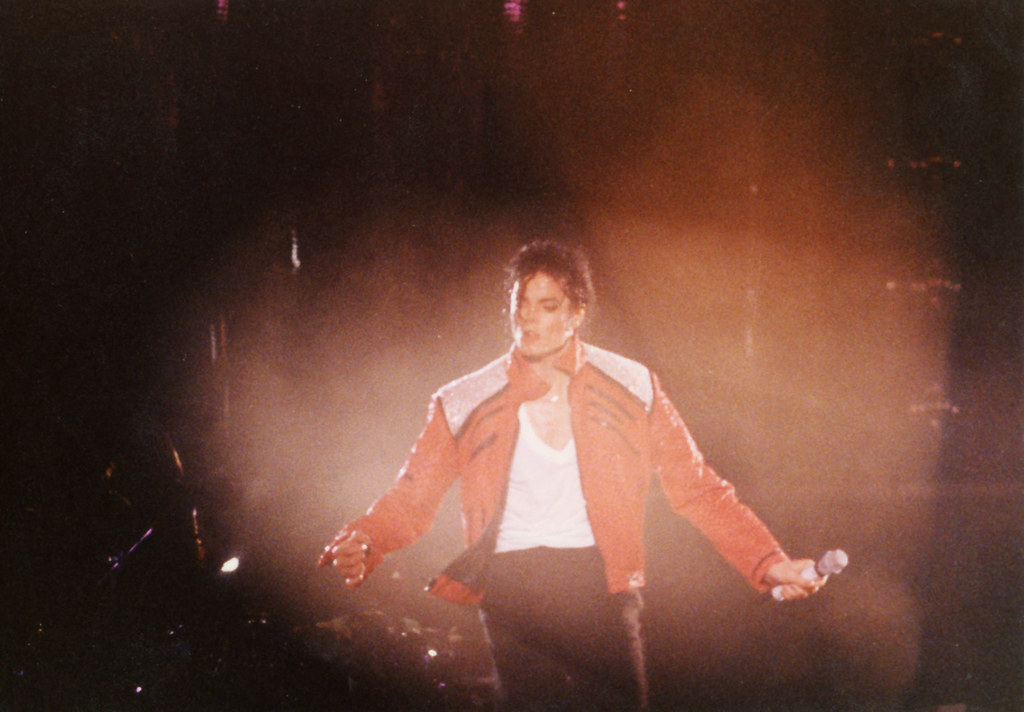
4. **Street Dance Prowess: The Electric Boogaloos and Soul Train**While the theatrical stage and silver screen offered glimpses, the backslide truly found its vibrant proving ground in the late 1970s within the burgeoning street dance scene, particularly among West Coast dancers. This era was characterized by innovative, mechanized dance styles like popping and locking, where dancers constantly pushed boundaries and perfected illusions in competitive “dance battles” and under “dim club lights.”
A prominent group that brought these cutting-edge moves to a broader, albeit still niche, television audience was “The Electric Boogaloos.” This dance troupe was a regular feature “on the long-running African-American TV dance show Soul Train,” routinely performing an array of “popping and locking dance moves including the moonwalk.” Their appearances were pivotal in showcasing the “backslide” to an appreciative, culturally aware viewership, cementing its place within the lexicon of urban dance.
According to performer Toni Basil, widely known for her hit song “Mickey,” the move was “old news” in the street. She explicitly stated, “The Electric Boogaloos were doing it on Soul Train in the 1970s.” This firsthand account underscores that by the late 70s, the backslide was an established and admired trick within the street dance community, honed in “dance battlegrounds in urban neighborhoods.”
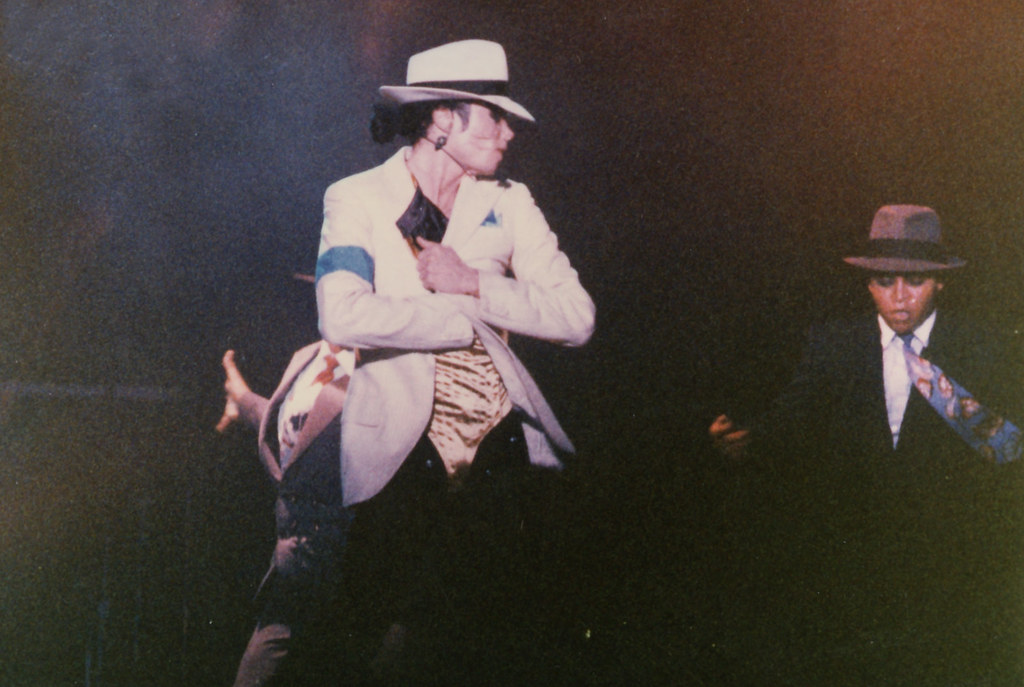
5. **Jeffrey Daniel’s Influence: A Key Teacher for Jackson**Among the many talented street dancers who kept the backslide alive and vibrant in the 1970s and early 1980s, Jeffrey Daniel stands out as a particularly influential figure, directly impacting Michael Jackson’s journey to mastering the move. Daniel’s public performances provided a tangible source of inspiration and, eventually, direct instruction for the King of Pop.
Jeffrey Daniel, a gifted popper and singer, “moonwalked in a performance of Shalamar’s ‘A Night to Remember’ on Top of the Pops in the UK in 1982.” This high-profile appearance brought the move to a significant international audience, predating Michael Jackson’s iconic Motown 25 performance. Daniel’s connection to the backslide ran deeper; he “was known to perform backslides in public performances (including weekly Soul Train episodes) as far back as 1974.”
Crucially, “Michael Jackson was a fan of Jeffrey Daniel’s dancing and would eventually seek him out.” The context explicitly states that “While Jackson is credited with inventing the moonwalk, the inspiration for this iconic move came from street dancer and choreographer Jeffrey Daniel.” He “taught Jackson a dance move known as the backslide, which involved sliding backward while appearing to walk forward.” This direct mentorship is a critical piece of the moonwalk’s untold story, highlighting the collaborative and evolving nature of dance.
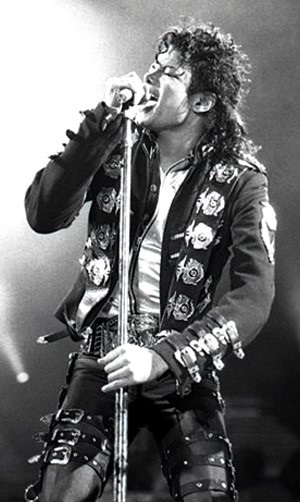
6. **Other 1980s Moonwalkers Before MJ’s Debut**While Jeffrey Daniel was a pivotal influence, he was by no means the only performer showcasing variations of the backslide in the early 1980s, prior to Michael Jackson’s global popularization. The move, in various forms, was gaining traction across different media, from music videos to films and television shows, demonstrating a collective fascination with the illusion.
The legendary “Godfather of Soul,” James Brown, was known to have “used the move.” In 1980, the music video for “One Step Ahead” by New Zealand rock band Split Enz featured keyboardist Eddie Rayner “performing a predecessor of the moonwalk.” A year later, the 1981 music video for “Crosseyed and Painless” by Talking Heads notably included “authentic street dancers, including Stephen ‘Skeeter Rabbit’ Nichols, doing the moonwalk,” showcasing its urban dance roots.
The versatility of the backslide also saw it appear in diverse cinematic and television contexts. In 1982, Debbie Allen “performs a moonwalk during a scene with Gwen Verdon in season 1, episode 10 (‘Come One, Come All’) of the TV series Fame.” The iconic movie “Flashdance” (1983) featured Rock Steady Crew’s Mr. Freeze (Marc Lemberger) “miming the wind blowing him backward.” This version was also shown in “Wild Style.” Even Donnie Yen performed a “moonwalk in the 1984 Hong Kong film Drunken Tai Chi,” a film shot in 1983, “predating the iconic Michael Jackson moonwalk.” These instances confirm the move was actively explored across varied platforms just before Jackson’s electrifying debut.
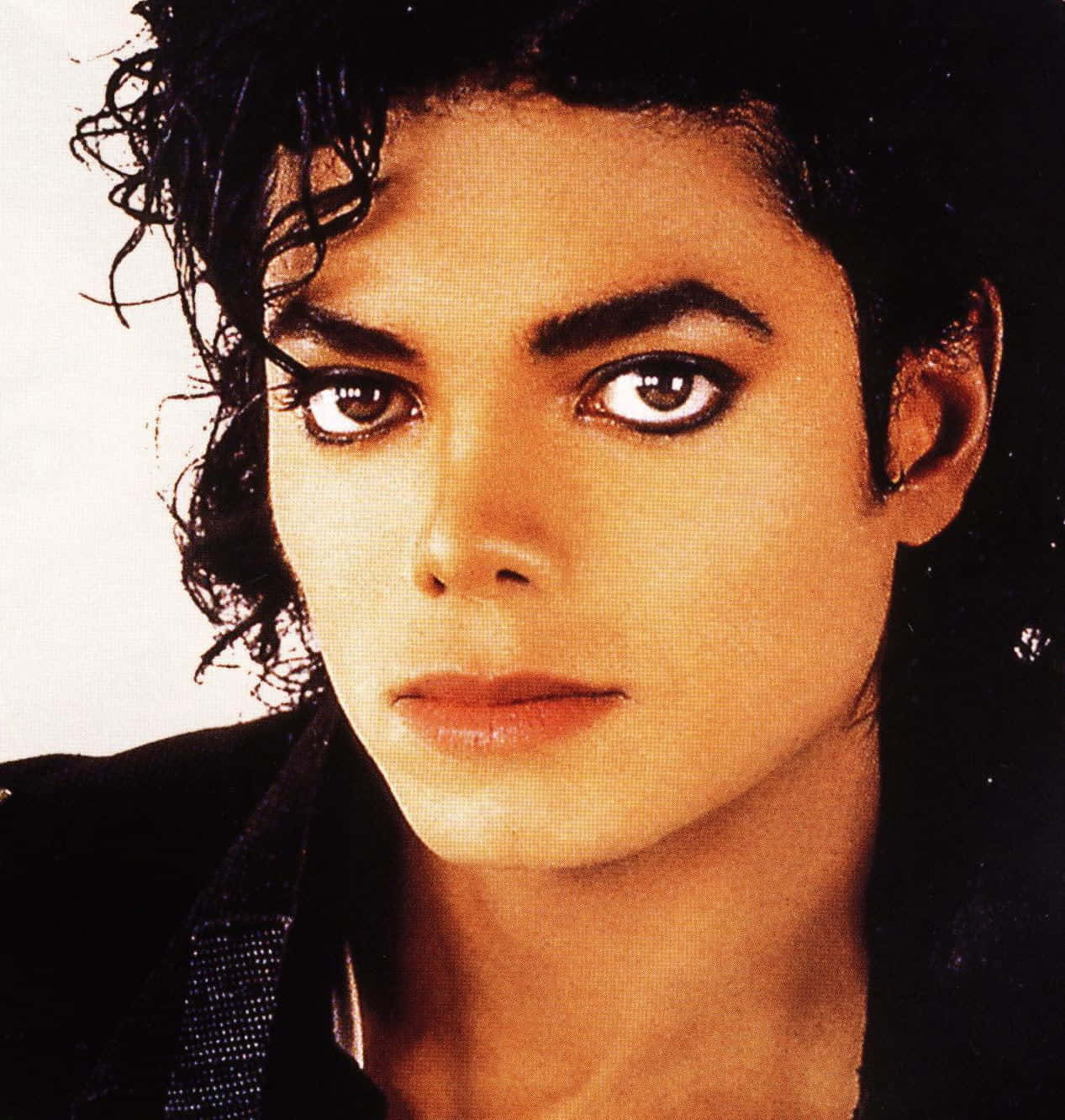
7. **Michael Jackson’s Initial Lessons: Bobby Brown, Caszper, and Cooley Jaxson**The story of Michael Jackson’s mastery of the moonwalk is one of intense dedication, drawing from the rich wellspring of street dance. While he is often credited with popularizing the move, Jackson himself acknowledged learning it from others, a testament to his humility and the collaborative nature of artistic development.
In his autobiography, “Moonwalk,” Jackson explicitly stated that singer Bobby Brown of New Edition was “one of ‘three kids’ Jackson said taught him the dance step.” Beyond Brown, other influential figures emerged. As “Jeffrey Daniel was touring with Shalamar at the time, Jackson reached out to Soul Train dancer/employee Cheryl Song to arrange a meeting with dancer Geron ‘Caszper’ Canidate.” This led to Jackson’s management contacting Caszper for “private dance lessons” in June 1981, where “Caszper… spent one week privately instructing Jackson how to perform the moonwalk.”
Furthermore, professional dancer Derek “Cooley” Jaxson is also cited as playing “a significant role in shaping what would become known as the moonwalk.” Jaxson “introduced Michael Jackson to the backslide.” Initially, “Jackson struggled to grasp the feeling of the backslide,” expressing “difficulty in feeling the illusion of moving forward while going backward.” Jaxson and his peers encouraged him to “simply execute the move,” but Jackson “sought a deeper understanding.”
Only “once Jackson achieved this understanding, he was able to perform the move with the grace and precision that would captivate audiences worldwide.” This multifaceted learning process, combining informal lessons with formal instruction and deep personal exploration, underscores the rigorous path Jackson took to make the moonwalk truly his own.
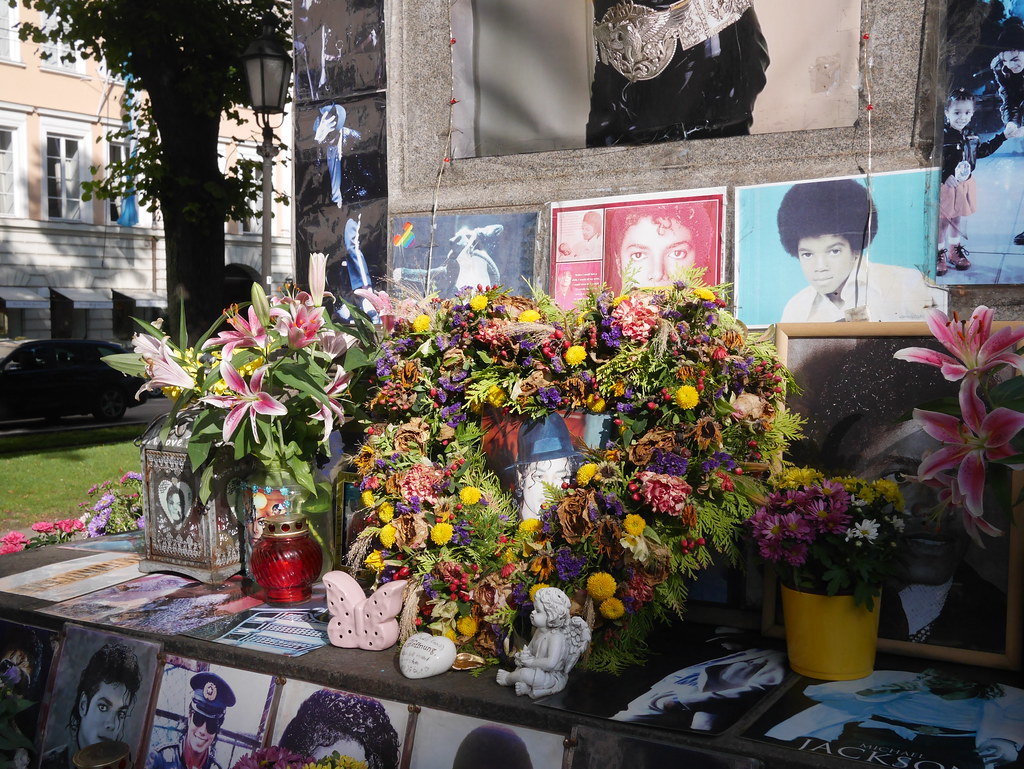
8. **NBC’s Motown 25: The Iconic Debut**After years of evolution, countless uncredited street performances, and Jackson’s own meticulous private lessons, the moment arrived that would forever etch the ‘moonwalk’ into the annals of pop culture history. The stage was set at the Pasadena Civic Auditorium on March 25, 1983, for the televised special ‘Motown 25: Yesterday, Today, Forever.’ This was not merely another performance; it was a cultural pivot point, a celebration of a musical legacy that would unexpectedly give birth to a new global phenomenon.
Behind the scenes, the atmosphere was electric with a mix of excitement and anxiety. The tech crew scrambled to capture every nuance, knowing they were filming something special, though perhaps not fully grasping the magnitude of what was about to unfold. Jackson, ever the showman, had carefully chosen his attire: signature black trousers, silver socks, a silver shirt, a black-sequined jacket, and, of course, that single rhinestoned glove. Every detail was a calculated choice, designed to amplify the illusion and create an unforgettable visual experience, drawing the eye and emphasizing every precise movement.
Then, as the iconic bassline of ‘Billie Jean’ throbbed through the arena, Jackson spun around, struck a pose, and began to glide backward. A collective gasp swept through the live audience, their expressions of awe and disbelief captured on camera. It was as if gravity had suddenly lost its grip, and the King of Pop was defying the laws of physics right before their eyes. This singular performance, broadcast two months later, ignited an immediate buzz, transforming a niche street move into a worldwide sensation and sealing its place in pop culture history.
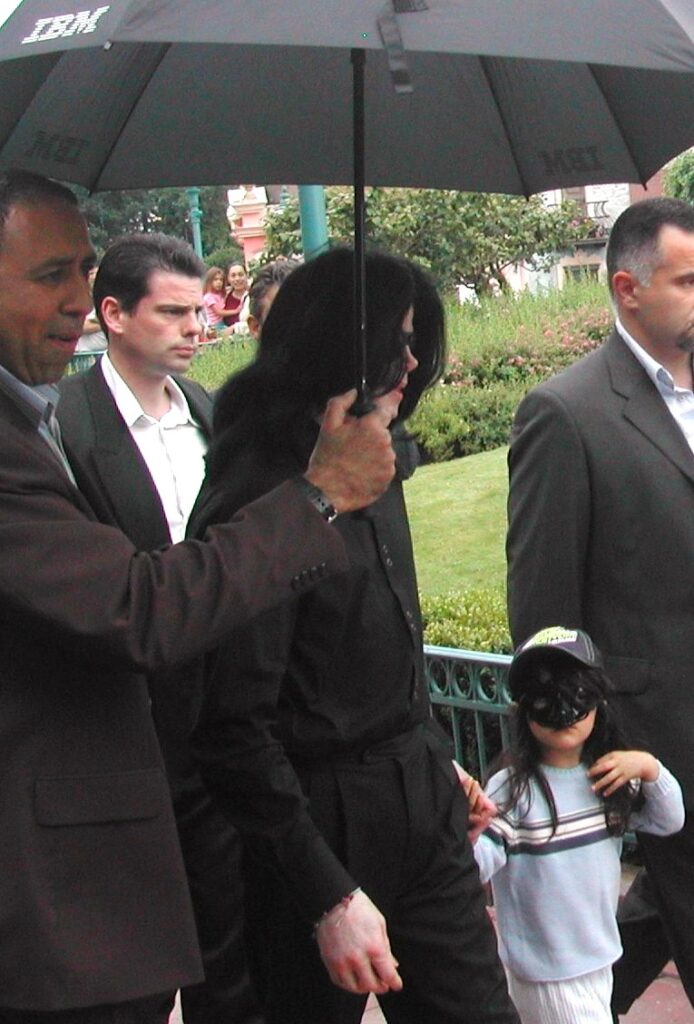
9. **Jackson’s Artistry: Perfection and Precision**What truly set Michael Jackson’s rendition of the moonwalk apart from its predecessors was his unparalleled artistry, precision, and an almost obsessive dedication to perfection. While the ‘backslide’ had been performed for decades, Jackson imbued it with a level of smoothness and grace that was unmatched. He wasn’t just executing a trick; he was transforming it into a seamless extension of his musical narrative, a visual crescendo within his performances.
Music critic Nelson George observed that Jackson’s rendition ‘combined Jackie Wilson’s athleticism with James Brown’s camel walk,’ highlighting the fusion of raw energy and refined technique. Jackson, known for his meticulous approach to dance, possessed an extreme capacity for control and quickness. This allowed him to give the moonwalk a ‘slick perfection,’ turning a somewhat raw street move into a polished, almost magical illusion that captivated millions worldwide.
To achieve this, Jackson possessed a deep understanding of weight distribution, meticulously shifting his center of gravity to create the illusion of effortless backward motion while appearing to walk forward. His impeccable timing, fluidity of movement, and seamless transitions between steps added layers of artistry. He skillfully incorporated elements of ‘robot style and isolations,’ further enhancing the mechanized, almost otherworldly quality of his glide, making the moonwalk his own definitive statement in dance.
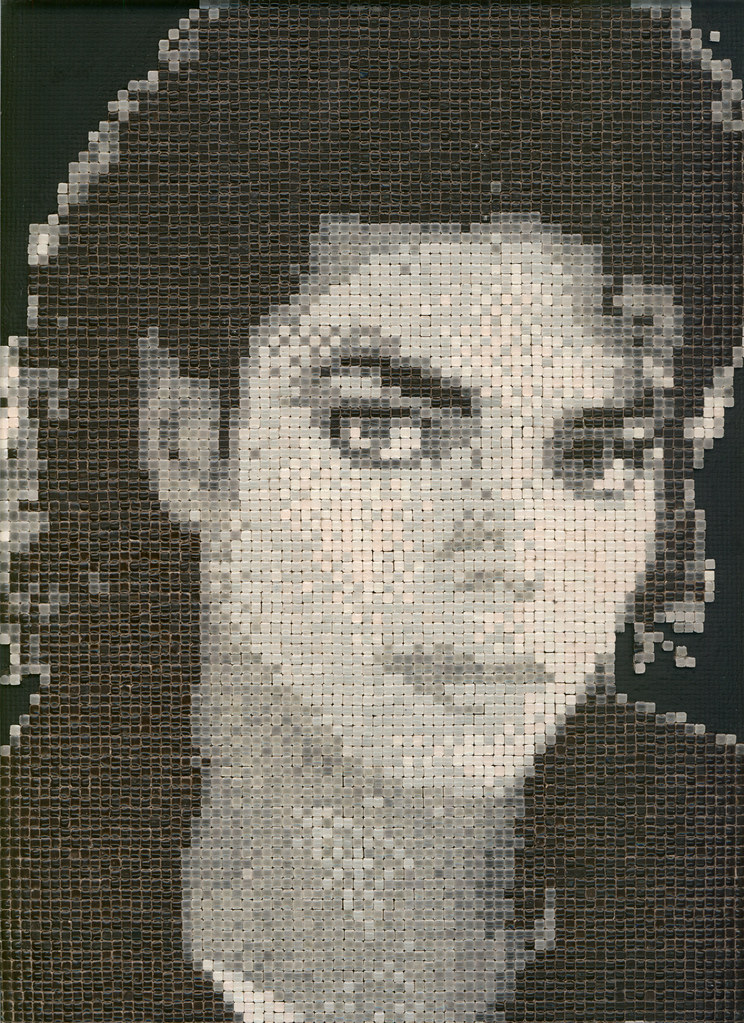
10. **The Moonwalk as Signature and Phenomenon**Following its electrifying debut on Motown 25, the moonwalk quickly transcended its origins to become Michael Jackson’s definitive signature move. Jackson was not only credited with popularizing the ‘backslide’ but also with rebranding it as the ‘moonwalk,’ a name that perfectly captured its ethereal, gravity-defying quality. It became inseparable from his artistic identity, a defining element of his legendary performances that audiences eagerly anticipated.
Jackson strategically integrated the moonwalk into his entire dance repertoire, showcasing it not only during ‘Billie Jean’ but also in numerous live shows, groundbreaking music videos like ‘Beat It,’ ‘Bad,’ and ‘Black or White,’ and iconic concerts such as the ‘Bad’ and ‘Dangerous’ tours. His talent for executing the move with mesmerizing grace cemented its place as a crucial component of his stage presence, a moment of pure spectacle that resonated deeply with fans across the globe.
The widespread attention that the moonwalk received after Jackson’s broadcast was immediate and overwhelming. It became an instant pop culture phenomenon, inspiring countless imitations and interpretations by aspiring dancers and artists worldwide. Kids in playgrounds and professional performers alike tried to mimic the captivating glide, paying homage to the King of Pop. This explosion of imitation solidified the moonwalk’s status as a global sensation, demonstrating Jackson’s unparalleled ability to take an underground move and elevate it to unprecedented heights of cultural recognition.
Read more about: OMG, Remember Them?! These 15 Pop Stars Were Our Ultimate Summer & Music Video Heartthrobs!
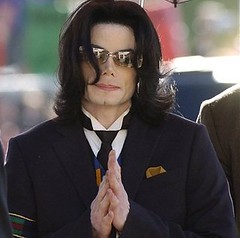
11. **Bridging Dance Worlds: Street to Mainstream**Beyond its visual spectacle, Michael Jackson’s popularization of the moonwalk marked a significant moment in dance history by effectively bridging the gap between niche street dance forms and mainstream pop culture. While movements like the ‘backslide’ were ‘old news’ in competitive street dance circuits and on shows like ‘Soul Train,’ these intricate urban styles lacked the widespread crossover appeal to reach a global audience. Jackson changed that entirely.
His meteoric fame, particularly with the 1982 album ‘Thriller’ and its chart-topping hits like ‘Billie Jean,’ allowed him to introduce these sophisticated street techniques to demographics previously unfamiliar with them. Jackson’s genius lay not just in his flawless execution but in his capacity to package these raw, urban expressions within a universally appealing pop framework, making the moonwalk a national phenomenon that kids everywhere enthusiastically imitated.
This integration was profoundly impactful, as Jackson connected the West Coast street dance tradition, characterized by precise, mechanized popping and locking, with the burgeoning East Coast breakdancing scene. The moonwalk, with its physically demanding illusion and intricate footwork, fit seamlessly into the athletic, almost gymnastic genre of hip-hop dance, which was known for its floor spins and named steps. By embracing and elevating street dance, Jackson inspired a broader acceptance of these grassroots forms as legitimate art, granting them a global platform for appreciation and recognition.
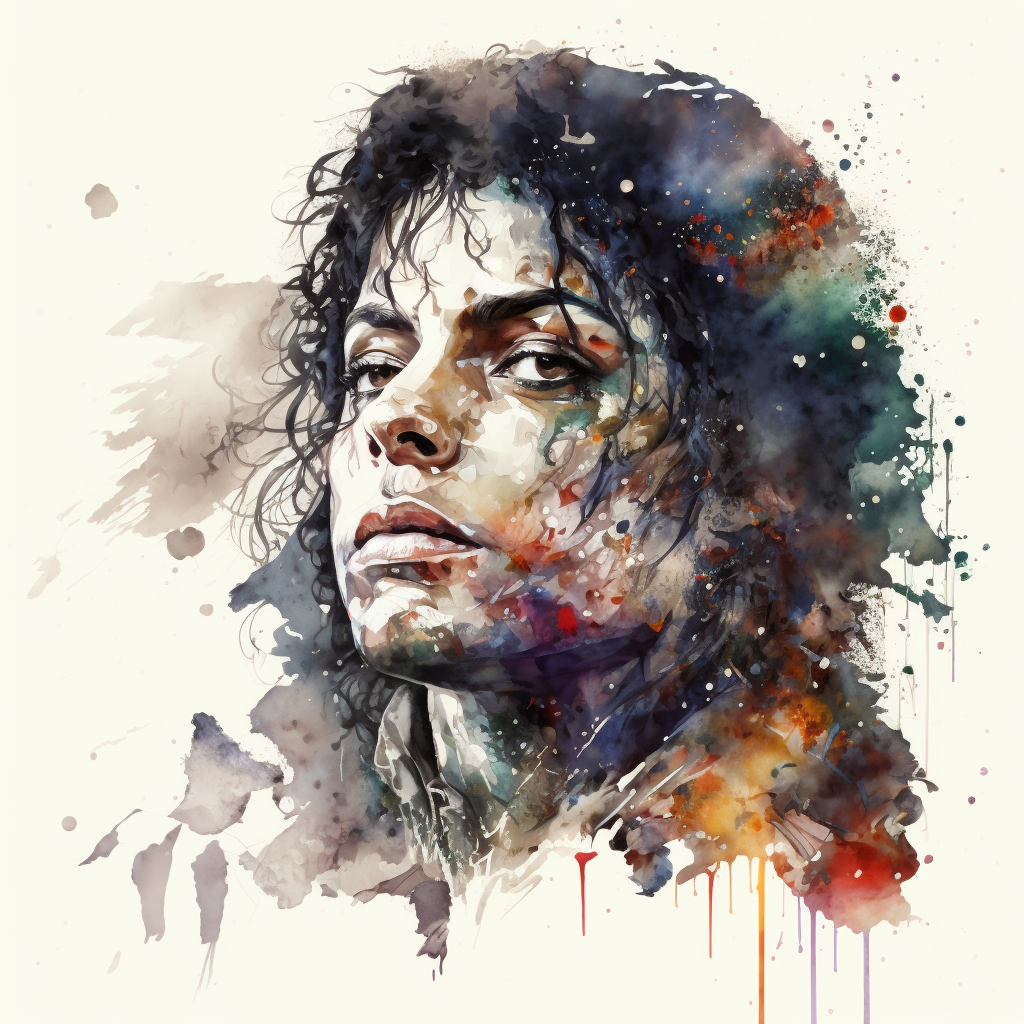
12. **The Role of Music Videos and Visual Storytelling**Michael Jackson’s transformation of dance on a global scale was intricately tied to the advent of MTV in 1981, which provided performers with an entirely new, visual platform. Before Jackson’s groundbreaking work with ‘Thriller,’ dance-centric music videos were a rarity. He recognized the immense potential of this medium to not only showcase his songs but also to visually represent his artistic persona and redefine how Americans interacted with dance.
His productions were not just mere music videos; Jackson insisted they be called ‘short films,’ reflecting their high production values and cinematic quality. These well-rehearsed, highly choreographed artistic statements, such as ‘Billie Jean,’ ‘Beat It,’ and ‘Thriller,’ elevated dance to a central component of popular music. In the ‘Billie Jean’ video, Jackson established himself as a definitive dancer-singer, moving with smooth, graceful walks, spins, and poses through a desolate cityscape, embodying elegance and mystery.
With videos like ‘Beat It’ and ‘Thriller,’ Jackson positioned himself at the front of triangular formations of backup dancers, creating visually compelling narratives where the collective performance was as crucial as his individual brilliance. By the time ‘Smooth Criminal’ arrived in 1988, Jackson’s ability to tell complex stories through dance hit a remarkable high. The video, set in a nefarious underworld of gangsters, saw Jackson as a hero-kingpin, gliding through scenes with the effortless grace of a modern Fred Astaire, demonstrating dance’s power to drive narrative and deepen artistic expression.
Read more about: Rihanna’s Phenomenal Journey: A Deep Dive into the Life, Career, and Unparalleled Impact of a Global Icon
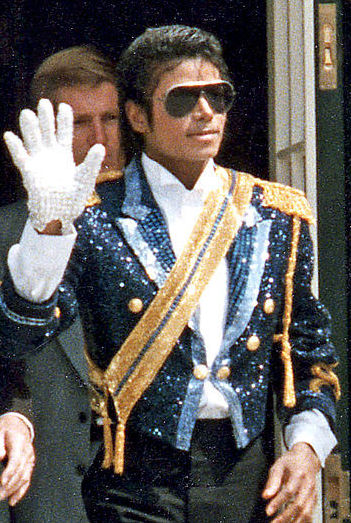
13. **Innovation Beyond the Move: The Anti-Gravity Lean**Michael Jackson’s commitment to pushing the boundaries of performance extended far beyond mastering existing dance moves; it encompassed a relentless pursuit of innovation, even into the realm of footwear design. He didn’t just want to perform the seemingly impossible; he sought to engineer a way to share and enhance that illusion, demonstrating his comprehensive vision for stagecraft and audience captivating moments.
This ambition culminated in the co-creation and patenting of a special ‘anti-gravity’ shoe, famously used to achieve the astonishing forward lean seen in his ‘Smooth Criminal’ performances. The design featured a clever heel slot that could detachably engage with a hitch mechanism strategically placed on the stage floor. This ingenious setup allowed Jackson to lean forward at an acute 45-degree angle, maintaining a perfectly straight body, a feat that would be physically impossible without such mechanical assistance.
Jackson’s meticulous attention to detail meant that even a hidden technical marvel like these shoes had to seamlessly integrate with his iconic stage persona. Collaborating closely with his trusted costume designers, Michael Bush and Dennis Tumpkin, he ensured that the ‘stunt shoes’ not only performed their intended function flawlessly but also appeared as a natural, stylish extension of his legendary stage attire. This fusion of artistic vision and technical ingenuity underscores Jackson’s genius as an entertainer who consistently sought to transcend expectations and create pure magic for his audience.
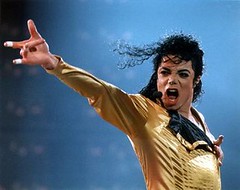
14. **The Enduring Legacy: Influence on Future Generations**Michael Jackson’s mastery of the moonwalk and his revolutionary approach to dance cemented his status as one of the greatest entertainers of all time, leaving an indelible mark that continues to resonate globally. The moonwalk, having become inseparable from his artistic identity, stands as a testament to his innovation, talent, and profound impact on the world of music and dance. Even decades after its debut and Jackson’s passing, its legacy endures, celebrated and emulated by dancers and fans worldwide.
The moonwalk was more than a dance step; it was a catalyst that fundamentally reshaped modern dance. By integrating elements of street dance into mainstream pop culture and setting new benchmarks for visual storytelling in music videos, Jackson established foundations for countless artists who followed. His distinct style deeply influenced his sister Janet Jackson, and his pioneering spirit can be seen in later stars who heavily relied on dance, from Britney Spears to Beyoncé, showcasing his lasting influence on choreography and performance.
Today, the moonwalk remains a vibrant symbol of Michael Jackson’s artistic genius, continuing to inspire and mesmerize new generations. Its presence is evident in contemporary pop culture, with artists across various fields paying homage. From hockey player Alexei Kovalev’s goal celebrations to music videos by The-Dream, Eli Swanson, Jason Derulo, Alessia Cara, Salif Gueye, WayV, Puscifer, BTS, and Le Sserafim, the moonwalk persists as an iconic movement. This enduring celebration ensures its cherished place in dance history, affirming that the ‘King of Pop’ truly revolutionized the way the world moves and experiences music.
Read more about: Leo Gerard, 78, Dies: A Detailed Look at the Life and Transformative Impact of a Steelworkers’ President
To sum up, the journey of the moonwalk from dimly lit street corners to the global stage is a testament not just to its intrinsic appeal, but to the transformative power of Michael Jackson’s artistry. What began as a subtle ‘backslide’ perfected in dance battles became, through Jackson’s meticulous craft and unparalleled showmanship, a universal language of movement. His unique ability to combine technical precision with profound emotional expression propelled the moonwalk into a cultural phenomenon, forever redefining dance and performance in pop music. As we continue to witness its echo in new generations of artists, it’s clear that the moonwalk is more than just a dance step—it’s a symbol of breaking barriers, defying gravity, and the everlasting magic of the King of Pop’s legacy. It reminds us that true genius doesn’t just entertain; it inspires, innovates, and leaves an imprint on the very fabric of our culture for generations to come.

